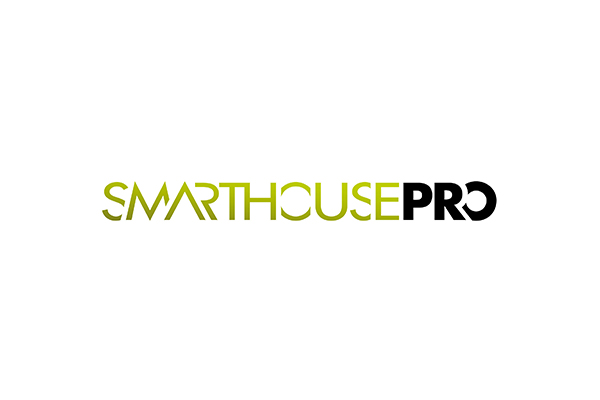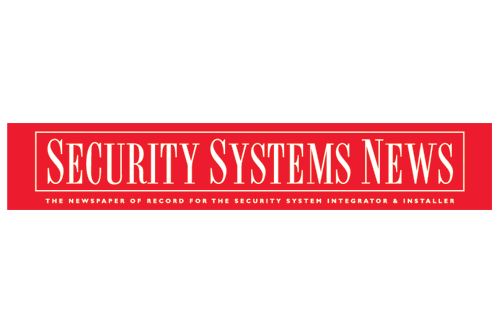
The use of video cameras in building protection creates more than just a feeling of security. But small businesses in particular rarely have the financial and human resources to set up the necessary systems. With the right technology, however, this is a solvable task.
1. Convince yourself of the advantages
Security officers need to keep their eyes open everywhere and at all times. But which company can do that? Especially in times of Covid-19, when the presence in the office may be thinned out? The risk of burglary and vandalism is now higher. And who also has an eye on the side entrance, such as access to the basement, where important items may be stored? A cloud-based remote solution allows companies to keep all areas under control.
However, many companies need help from specialists for this. Because they cannot set up their own camera network or use their scarce and busy hardware to manage and save recorded videos. A cloud-based service is a good option for them: after purchasing the device once, the customer receives access to the platform with all cameras. The service provider stores the data in its data center. Camera recording fees are charged at the end of the month.
2. Reduce concerns and worries
The concerns about the use of the camera cannot simply be pushed aside. The legitimate interests of employees, but also of visitors or customers, who also come into focus, must be taken into account in any case. A first step is the mandatory automatic deletion of video material after a specified period.
3. Don’t just monitor – record
The video footage of theft or vandalism must be recorded and secured so that it can be reused later. The film sequences later play a decisive role as evidence in court. A time stamp in the records of cloud solutions improves the usability of the materials in court. Anyone who thinks that this is a new GDPR risk does not have to be afraid. A person in charge can quickly delete what is saved – even after an automatically specified period of time. A video of a break-in can also be saved longer because the company has a legitimate interest, if not a retention requirement.
A digital video recorder also transmits the images to a data center in the cloud. Here the film sequences are protected from unauthorized access. Very few companies have the opportunity to ensure comparable security and availability, let alone keep multiple copies of the data. And when the data is in the cloud, the loss of an on-site system is bearable. Personal video material no longer leaves the house after the recorder is stolen and does not fall into the hands of third parties. Such a loss would be a reportable incident within the meaning of the GDPR.
4. Alert intelligently
Cloud-based video cameras offer new possibilities for intelligent, automated alarms. To do this, users simply draw in areas or boundary lines directly on the screen. An alarm is triggered automatically when entering or crossing. The camera intelligently detects a tree in the wind and does not trigger an alarm in this case. In an emergency, the video management solution securely forwards the message to the responsible person. Security services and employees can then use their account to evaluate what is happening in real time. If necessary, an emergency doctor or fire brigade can have such access.
5. Don’t stare
The intelligent interpretation of video material not only increases security, it also creates new business opportunities. Video data available via the cloud can help sell underground parking spaces. Customers find out where a parking space is free and book and pay for it via an app. When entering the underground car park, the camera recognizes the license plate and the barrier is raised. Cameras can also be used in production. For example, you can see whether employees are sticking to safety zones or monitoring remote machines such as robots or a 3D printer.
6. Act on the screen
The person responsible at the head office or in the company looks at the right moment thanks to the automated alarms. In this way he has all the important scenes in view. This can be done quickly and easily from anywhere – from your computer or smartphone. It enables contactless access control. If a system is linked to door cylinders, the person responsible opens or closes the door for the visitor.
7. Get help
Once set up, such systems are very easy to use. But installing it requires competent technical help. This can either be done by a system integrator from a security company or an IT system house. It’s not just about installing cameras correctly, but also about setting up the Internet connection reliably. A partner assigns the access rights securely and reliably and manages them with little additional effort.
In the news
Covered on these news sites. Click on the image to learn more

Other posts that might interest you

Security Systems News: Diebold and Eagle Eye: API advocates ally
Eagle Eye CEO Dean Drako lauded Diebold as the “first security integrator and alarm services company to leverage the power of an open API strategy and service offering.” He added…
February 12, 2015
Eagle Eye Networks, RapidSOS unveil 911-triggered camera access for emergency communicators
Eagle Eye Networks introduced the newest solution Tuesday with Eagle Eye 911 Camera Sharing, which gives emergency center communicators instant access to security cameras during an emergency – potentially allowing…
April 24, 2024
Security Sales: Eagle Eye Networks Offers 12 Tips to Protect Security Cameras From Cyberattacks
With video surveillance, users typically protect their employees and company assets. With today’s increasingly Internet-connected surveillance systems, users need cyber protection or risk exposing their company to serious threats, loss…
April 30, 2015







